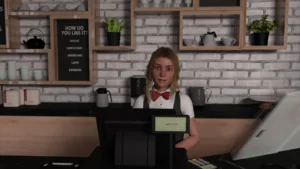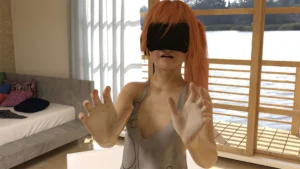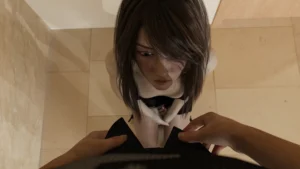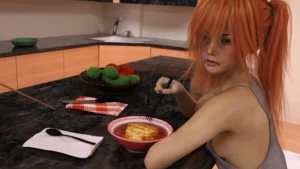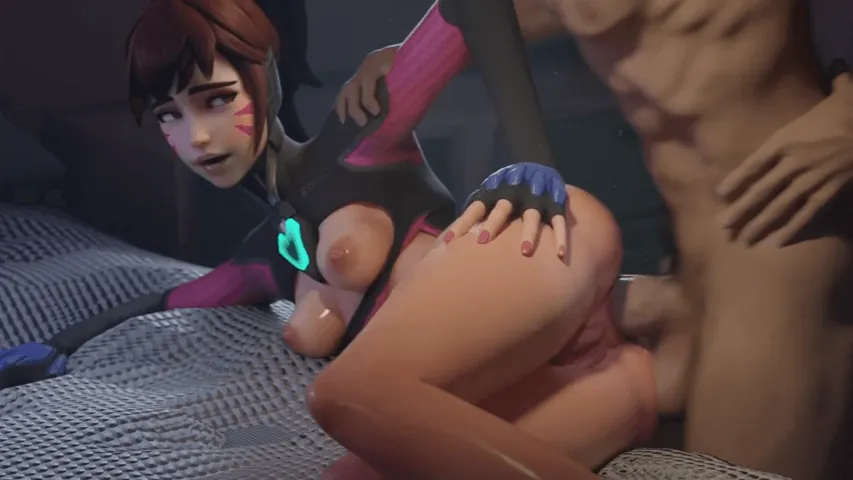
Play Bad Memories
Bad Memories review
Explore the Story, Gameplay, and Unique Features of Bad Memories
Bad Memories is a choice-driven visual novel game that captivates players with its immersive storytelling and complex character interactions. This article dives deep into the game’s narrative, mechanics, and unique elements that set it apart. Whether you’re a new player or looking to enhance your experience, discover practical insights and personal reflections on navigating Bad Memories’ intriguing world.
Understanding Bad Memories: Story and Gameplay Overview
If you’re anything like me, you’ve probably downloaded a visual novel or two, expecting a light, romantic story, only to be completely blindsided by a narrative that sticks with you for days. 😮 That was my exact experience with Bad Memories. I started playing late one night, thinking it would be a casual way to unwind. Three hours and one box of tissues later, I was completely captivated, my mind racing with the choices I’d made and the paths I hadn’t taken. This narrative-driven game is so much more than its simple premise suggests.
Let’s pull back the curtain on this unforgettable experience. This guide will walk you through the haunting Bad Memories game story, the intricate Bad Memories gameplay mechanics, and the profound impact of your visual novel choices. Get ready to dive deep. 🏊♂️
What is Bad Memories About?
At its heart, the Bad Memories game story is a poignant exploration of regret, reconciliation, and the fragile nature of human connection. You step into the shoes of a protagonist returning to their hometown after many years away, forced to confront people and places they’ve tried hard to forget. The genius of this choice-based visual novel is how it uses this homecoming not just as a setting, but as a character in itself—every corner of the town holds a secret, and every face holds a judgment or a forgotten kindness.
I remember one particular scene early on, standing outside my character’s childhood home. The game gave me a simple choice: go inside immediately or walk around the neighborhood first. 🤔 Thinking it was inconsequential, I chose to take a walk. That single decision led me to a chance encounter with a secondary character who provided a crucial piece of backstory that completely reshaped my understanding of the main conflict. It was in that moment I realized the Bad Memories game story was a tapestry, and every thread I pulled could change the entire picture.
The narrative doesn’t rely on fantastical elements or over-the-top drama. Its power comes from its raw, relatable humanity. You’re dealing with:
* Mending broken friendships that faded without a clear reason.
* Apologizing for past mistakes that have haunted someone for years.
* Deciding whether some wounds are too deep to ever truly heal.
This grounded approach makes the Bad Memories game story incredibly immersive. You aren’t just watching a story unfold; you are actively wrestling with the same difficult, emotional dilemmas that the protagonist faces, making the outcomes feel deeply personal.
Core Gameplay Mechanics
The Bad Memories gameplay mechanics are elegantly simple yet deceptively deep. If you’re new to the genre, don’t worry—you’ll be a pro in minutes. The core loop involves reading through beautifully illustrated scenes and making decisions at key junctures. These aren’t just “Good vs. Evil” buttons; they are nuanced, often morally gray visual novel choices that feel authentic to the situation.
The true mastery of the Bad Memories gameplay mechanics lies in their subtlety. Sometimes you’re choosing what to say in a heated argument. Other times, you’re deciding where to go or who to spend your limited time with. I learned this the hard way! In one playthrough, I was so focused on reconciling with my character’s former best friend that I consistently ignored another character who needed help. I got the reconciliation I wanted, but the game ended with a poignant, lonely ending for that other character, all because of my neglected visual novel choices. It was a powerful lesson in consequence.
The game brilliantly tracks your relationships through a hidden affinity system. You never see a number or a meter, but you can feel the shifts in the characters’ dialogue, their body language, and the options that become available (or locked away) based on your prior actions. This makes the Bad Memories gameplay mechanics feel organic, not like a puzzle to be solved.
| Gameplay Mechanic | How It Works | Impact on Story |
|---|---|---|
| Dialogue Selection | Choosing from multiple response options during conversations. | Directly shapes character relationships and unlocks new narrative paths. A harsh word can close a door permanently. |
| Location Selection | Deciding where the protagonist will go next during free-time segments. | Determines which characters you interact with and which subplots you discover. Miss a location, miss a part of the story. |
| Memory Triggers | Interacting with specific objects in the environment. | Unlocks crucial backstory and context, often providing the “why” behind a character’s current behavior. |
| Affinity System | A hidden value tracking your relationship with each character. | Influences the dialogue options presented to you and is the primary determinant for achieving the various Bad Memories endings. |
Pro Tip: Don’t save-scum! The most authentic and rewarding way to experience this choice-based visual novel is to live with your decisions. Your first, gut-reaction playthrough will likely be your most memorable. 💖
Character Interactions and Choices
The soul of this narrative-driven game resides in its Bad Memories character interactions. These aren’t just NPCs spouting lines; they are fully realized individuals with their own histories, insecurities, and motivations. Your protagonist’s return sends ripples through their lives, and how you choose to interact with them forms the emotional core of the entire experience.
I formed a particularly strong connection with Alex, a character who presents a tough, cynical exterior. 🛡️ My initial visual novel choices were to match that cynicism, leading to a series of sharp, witty, but ultimately distant exchanges. It felt like we were at a stalemate. On a second playthrough, I deliberately chose kinder, more vulnerable responses. The wall came down, and I was treated to a heartbreaking story of betrayal and loneliness that completely recontextualized their behavior. This depth is what makes the Bad Memories character interactions so special.
The game forces you to be observant. A character’s sigh, averted gaze, or a hesitant pause can be more telling than any line of dialogue. Your choices in these moments are critical:
* Pushing vs. Patience: Do you push a character to talk about a painful subject, or do you give them space and time?
* Honesty vs. Protection: Do you tell a harsh truth that might cause short-term pain, or a kind lie to protect someone’s feelings?
* Focus vs. Diffusion: In group settings, who do you side with? This can dramatically alter how multiple characters view you simultaneously.
These intricate Bad Memories character interactions are the engine that drives you toward the game’s multiple conclusions. The Bad Memories endings you unlock are a direct report card on the quality of the relationships you’ve nurtured—or destroyed—along the way. There’s no single “golden” ending, only the one you’ve earned through your journey of connection and atonement.
Ultimately, Bad Memories is a masterpiece of interactive storytelling. Its compelling Bad Memories game story, refined Bad Memories gameplay mechanics, and profound Bad Memories character interactions coalesce into an experience that celebrates the power of the choice-based visual novel format. It’s a game that understands that our best and worst memories are often tied to the people we share them with, and it gives you the power to reshape that legacy, one difficult, beautiful choice at a time. ✨
Bad Memories offers a compelling blend of narrative depth and player agency, making it a memorable experience for fans of visual novels. By understanding its story and gameplay mechanics, players can better navigate the choices that shape their journey. Whether you’re exploring the game for the first time or revisiting it, embracing the emotional layers and character dynamics enriches the overall experience. Dive into Bad Memories and discover the many paths your story can take.


